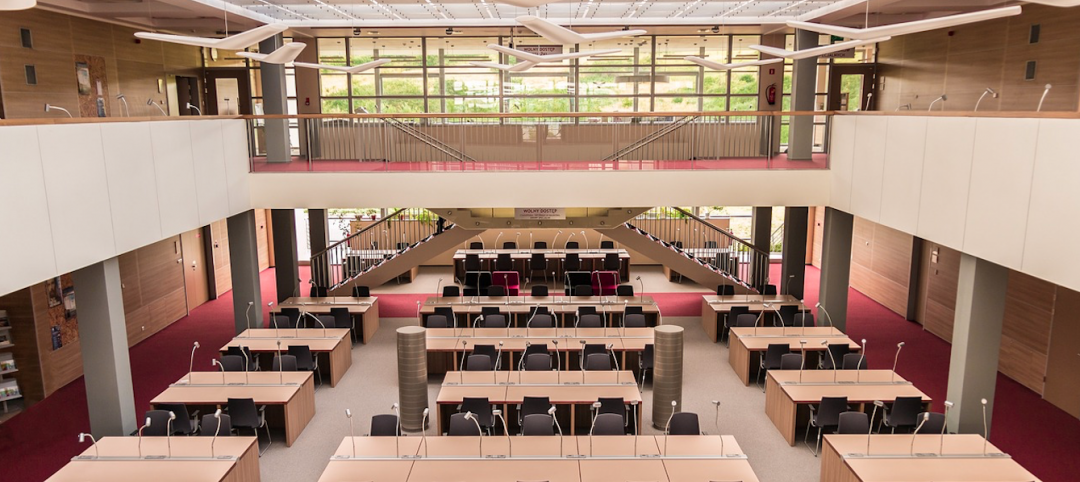The Society for College and University Planning (SCUP) and the University of Pennsylvania School of Nursing announced survey results from 114 US colleges and universities that help document the levels, quality, and availability of lactation spaces and supports across campus for breastfeeding faculty, staff, students, and campus visitors.
The survey was a collaboration between the University of Pennsylvania School of Nursing and SCUP. “To our knowledge, this is the first research that documents which stakeholders are involved in the planning of lactation spaces, and the amount of variation in the features these spaces have,” said Dare Henry-Moss, one of the research leads. “We hope it will help colleges and universities evaluate the accommodations they provide to breastfeeding mothers, including faculty, staff, students, and visitors.”
Study observations include:
— 90% of respondents reported that their institution had dedicated lactation spaces, but the study suggests that awareness of their locations should be improved.
— 68% of respondents reported a process or guideline for creating lactation spaces on campus with wide variation in approaches.
— collaborations are common; there are commonly between two and six different campus entities involved in the planning for lactation spaces.
The study also provides detail on the most frequent amenities designed into lactation spaces, including furniture, fixtures, and portable supports.“Through the excellent work of our research cohorts, this study will help higher education move toward a best planning practice for lactation spaces,” said Michael D. Moss, SCUP President.The research team was Dare Henry-Moss, MPH; Joyce Lee, FAIA, LEED Fellow; Diane L. Spatz, Ph.D., RN-BC, FAAN, and Principal Investigator; and SCUP.
For survey results: www.scup.org/wellness
Related Stories
University Buildings | Mar 14, 2018
Harvard’s District Energy Facility showcases a new infrastructure typology
The building is currently under construction.
University Buildings | Mar 7, 2018
New living/learning community replaces two outdated residence halls at Emporia State University
KWK Architects designed the project.
University Buildings | Feb 16, 2018
The University of Washington receives a new Nanoengineering and Sciences Building
The building marks the second phase of a 168,000-sf complex.
University Buildings | Feb 9, 2018
University of Missouri’s new dining experience lessens food waste and inventory
The project was designed by KWK Architects.
University Buildings | Jan 31, 2018
Report: Spending spree on new buildings a risky venture for some U.S. universities
Higher education institutions continue to add new buildings in spite of increased stress on facilities management budgets, according to a new report from Sightlines.
Healthcare Facilities | Jan 29, 2018
The new Virginia Tech Biomedical Research Addition will include research facilities in five thematic areas
The project is a collaboration between Carilion Clinic and Virginia Tech.
University Buildings | Jan 22, 2018
University of Copenhagen’s new research building focuses on energy efficiency
C. F. Møller designed the building.
University Buildings | Jan 19, 2018
A 360-degree classroom highlights Washington State University’s new academic innovation hub
The circle-in-the-round classroom can accommodate 275 students.
University Buildings | Jan 18, 2018
New living/learning facility at the University of Illinois at Chicago breaks ground
Solomon Cordwell Buenz (SCB) designed the facility.
Game Changers | Jan 12, 2018
‘Kit of parts’ anchors university’s remake
Sasaki designs interchangeable spaces to support a major educational shift at Mexico’s largest university system.

















